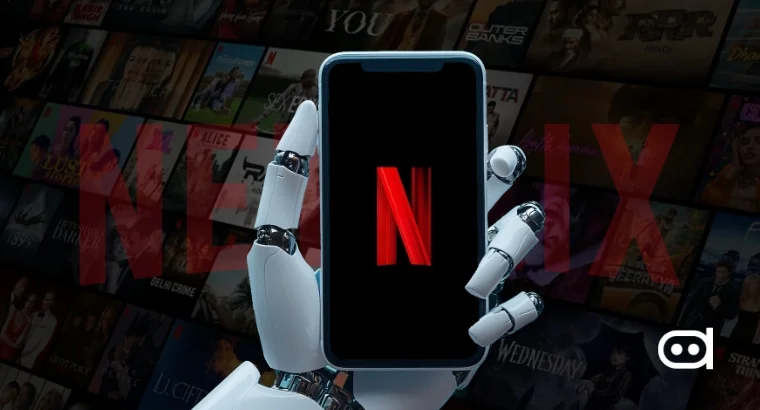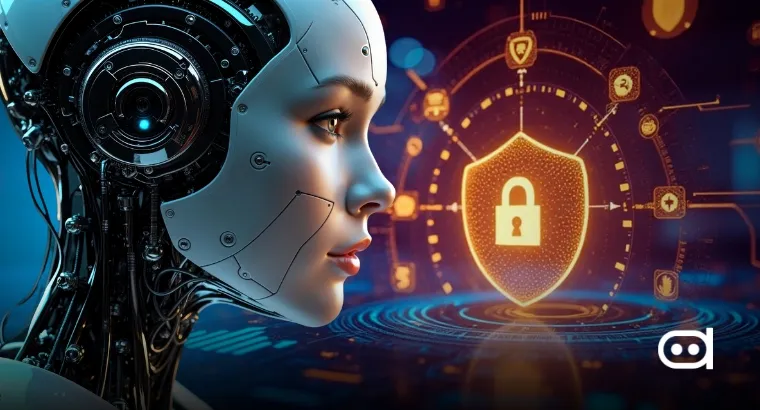
December 4, 2024 – Google recently publicly revealed two of its generative AI models, Veo and Imagen 3, which the company intends to deploy on its Vertex AI. These models aim to redefine the potential of generative AI in video imagery and thereby provide improved solutions for creative professionals, companies, and application developers.
Veo model is currently in the private beta stage and is a generative AI that uses text or image inputs to create high-quality videos. It was discussed as a promising achievement in video synthesis that is as flexible and realistic as possible.
With Veo’s help, one can create consistent visions in videos with kinetic control, which can pertain to realistic animations or art if necessary. This innovation is likely to introduce a lot of change to different sectors, such as entertainment, marketing, and education, especially where videos are vital.
On the image generation front, the latest on the list of the Google-developed AI model is Imagen 3. Vertex AI powers Imagen 3 and is available to all Vertex AI customers, a significant advancement over prior releases. It can generate photorealistic images from the textual descriptions it takes as input, allowing for enhanced levels of realism and creativity.
The model helps out in various aspects, such as the flow of light, the haptic sense of the images, or the coherent spatial organization of the images, making it a reliable tool for content creators, advertisers, or designers. Whether you require product renders, concept visualization, or realistic renders, Imagen 3 offers beauty and speed for your work.
Both models follow Google safety and applied ethics guidelines for AI. To avoid this, transparency and accountability are turned into these tools with reinforcement safety measures. Digital watermarking helps prove the content’s credibility and ownership, while robust safety filters minimize the production of controversial or prohibited content. These safeguards align with Google’s AI Principles, which outline how AI should be used for the benefit of society.
Veo and Imagen 3 are new additions to the history of Vertex AI because Vertex AI is gradually transforming into one general machine learning ecosystem for model building and deployment. With such state-of-the-art generative AI models, Google is providing users with technologies that, till recently, were generically fancied. It extends across industries ranging from media, entertainment, B2C and e-commerce, business to business, and education, promoting creativity and business productivity while shooting on large-scale sets.
Google’s announcement is well aligned with its broader vision of the development and popularization of AI. The reason behind Veo and Imagen’s 3-generation AI structures is to expand generative AI to businesses and developers it aims to support in achieving their creative and operational objectives. Google is offering a rather positive example of how technical application is combined with moral factors to effectively generate AI models.
While Veo is expected to be in private preview and Imagen 3 was just released, the feedback from the pioneers and other stakeholders will probably determine the future of these advancements. For the time being, the release of these models is proof of how quickly AI is being developed and how much of an impact it can have on making and consuming media in the modern digital environment.
Source: https://cloud.google.com/blog/products/ai-machine-learning/introducing-veo-and-imagen-3-on-vertex-ai
Latest Stories:
Siemens Healthineers Partners with NVIDIA to Revolutionize Medical Imaging AI
Vertex AI Grounding Revolutionizes AI Reliability and Accuracy





